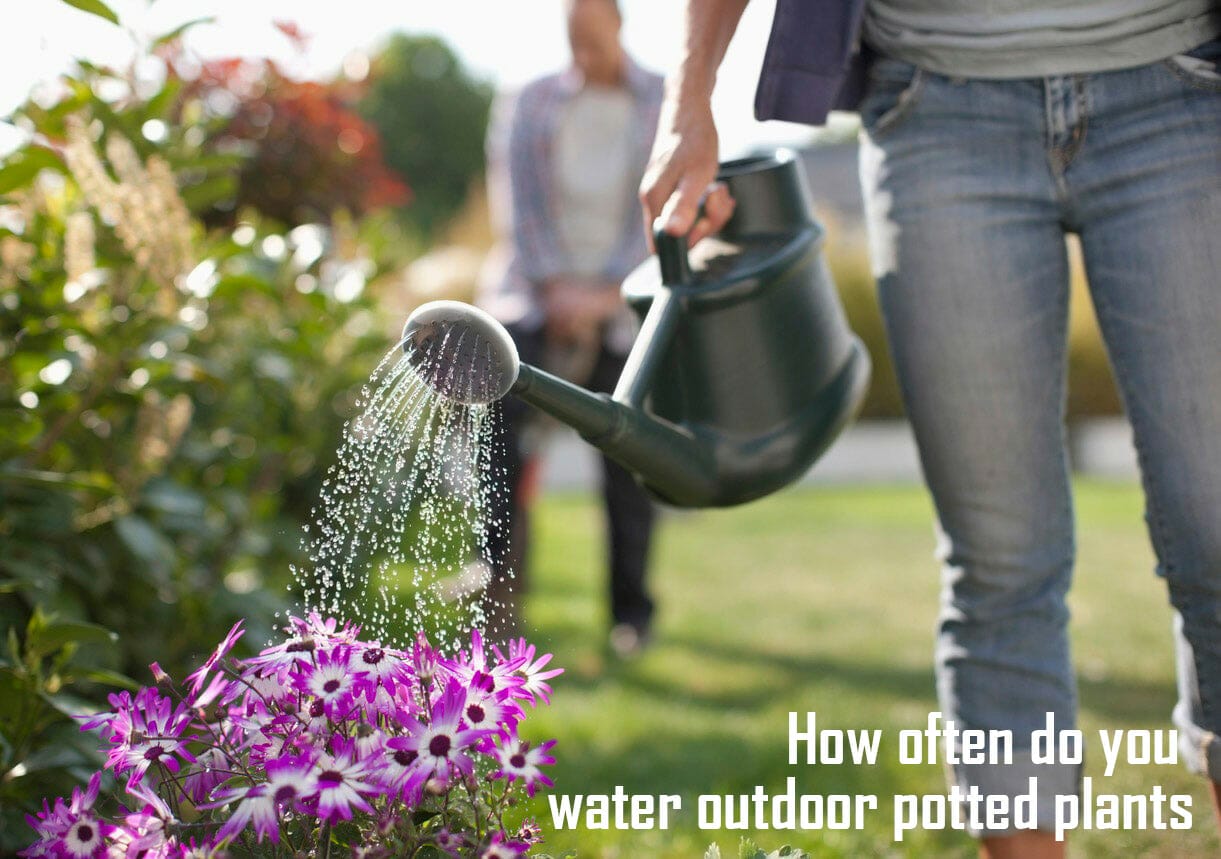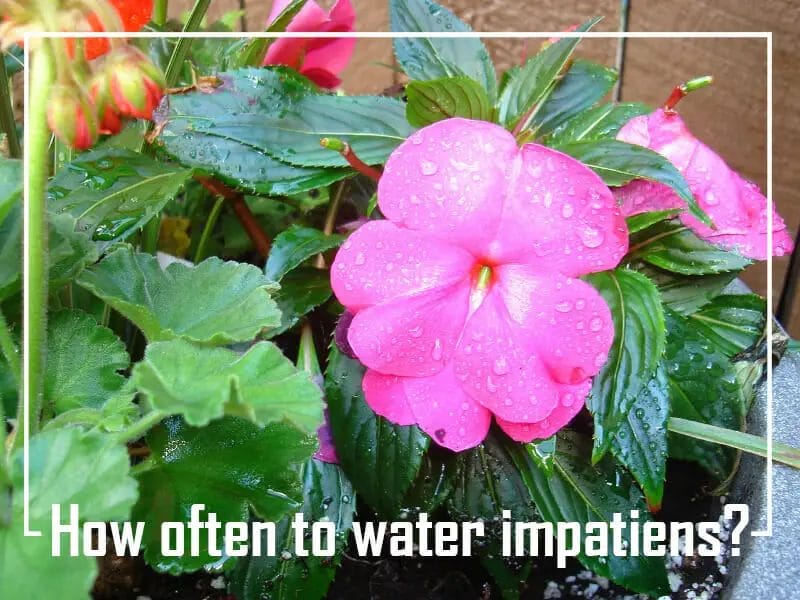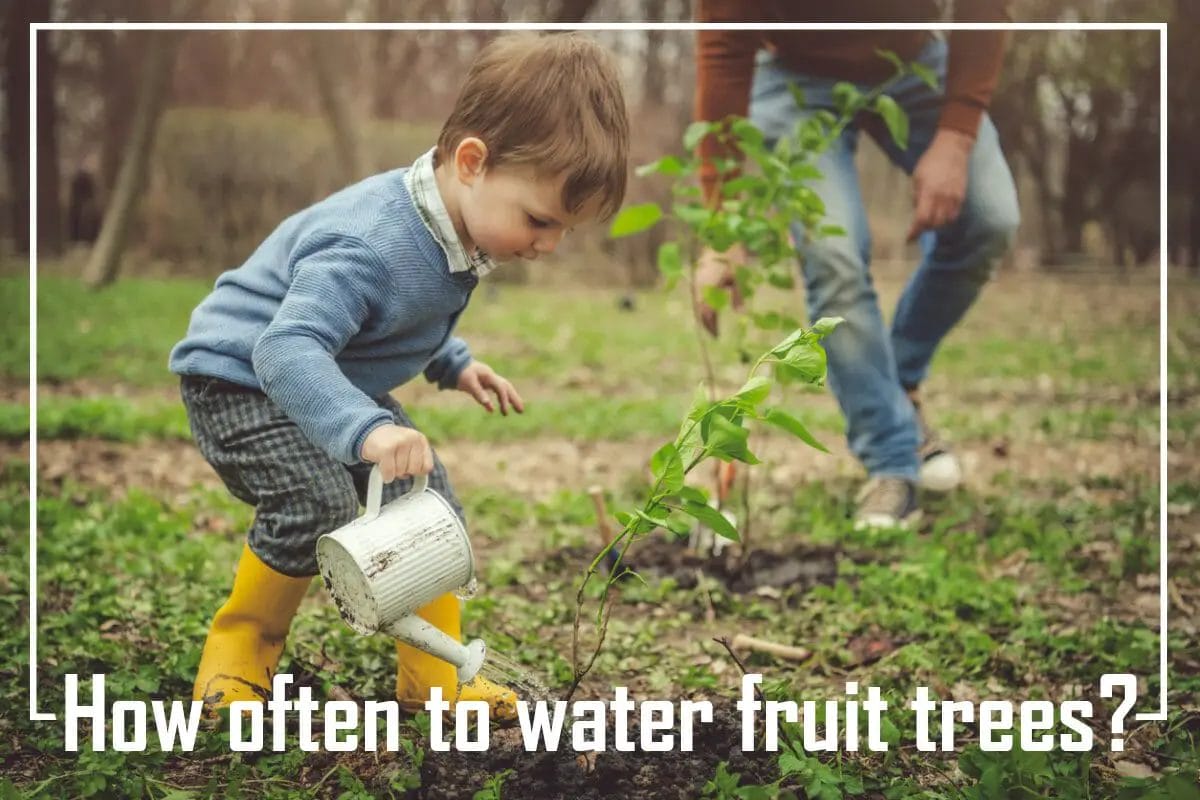As the forces of nature can be unpredictable, safeguarding your home against flooding is crucial in protecting your property and your peace of mind. Floods can result from heavy rains, storms, snowmelt, or even local waterway overflow, and their impact can be devastating.
To shield your home from the encroaching threat of floodwaters, you don’t always need to rely on expensive professional services. With some strategic planning, DIY initiatives, and preparedness, you can fortify your home against flooding.
This guide’ll delve into practical and cost-effective tips and techniques that will empower you to keep floodwaters at bay. From proper landscaping to sealing vulnerabilities in your home’s foundation and using flood barriers, we’ll explore the measures you can take to safeguard your cherished abode.
What are some common causes of indoor flooding?
There are many different causes of indoor flooding. However, some common causes include heavy rain, storm surges, tsunamis, overflowing from nearby bodies of water, melting snow or ice, dam or levee damage, and overflowing storm drains or ditches.
Heavy rains can cause indoor flooding if the rainwater cannot drain away quickly enough. Storm surges can cause indoor flooding if the water level rises too high and the surge over helical essay writing service hits land. Tsunamis can cause indoor flooding if the waves are high enough and inland.
Overflowing from nearby bodies of water can also cause indoor flooding. This could be due to a lot of rain causing rivers or lakes to overflow their banks. Melting snow or ice can also cause indoor flooding. If the melting snow or ice cannot drain away quickly enough, it can cause water to build up and flood homes.
Dam or levee damage can also cause indoor flooding. If a dam or levee breaks, it can release a large amount of water all at once, which can overwhelm drainage systems and cause flooding indoors. Overflowing storm drains or ditches can also cause indoor flooding. If the storm drains or ditches cannot handle the amount of water, it can cause water to back up and flood homes.
Consider the risk of flooding in your home:
Evaluating the risk of flooding in your home is critical in flood preparedness. Here’s a comprehensive approach to assessing the flood risk:
- Flood Zone Maps: Check your property’s location on local flood zone maps. These maps, often maintained by government agencies, indicate areas prone to flooding. Understanding your property’s zone (e.g., FEMA flood zone) provides essential information about the level of flood risk.
- Historical Data: Research historical flood events in your area. Look for patterns and frequencies of flooding, especially during heavy rains, storms, or seasonal changes. Local government or environmental agencies may have records of past floods.
- Elevation: Determine your property’s elevation compared to nearby bodies of water, like rivers, streams, lakes, or coastal areas. Higher elevations generally have lower flood risk.
- Proximity to Water Sources: Consider the proximity of your home to water sources. Property located near rivers, lakes, or the coast is at higher risk, while those further inland face a lower risk of flooding.
- Local Drainage System: Assess the effectiveness of the local drainage system. Inadequate drainage can lead to localized flooding even in areas not typically prone to floods.
- Stormwater Management: Investigate local stormwater management practices and infrastructure. Communities with well-maintained stormwater systems are often better equipped to handle heavy rainfall.
- Home Elevation: Examine your home’s elevation relative to the surrounding terrain. Homes built on elevated foundations or raised pilings are less susceptible to flooding.
- Neighborhood History: Talk to neighbors or residents in your area about their experiences with flooding. They may provide valuable insights into the local flood risk.
- Insurance Assessment: Consult with your insurance provider to assess the availability and cost of flood insurance for your property. Insurance premiums can vary significantly based on flood risk.
- Professional Inspection: Consider hiring a professional engineer or surveyor to evaluate your property’s flood risk more comprehensively. They can assess soil type, building construction, and potential vulnerabilities.
Once you’ve evaluated the flood risk, you can develop a tailored flood preparedness plan that includes protective measures, evacuation strategies, and the necessary supplies. Investigating flood insurance is highly recommended to mitigate potential financial losses if your property is in a high-risk area. Keep in mind that flood risk can change over time due to factors like climate change and urban development, so periodic reassessment is advisable.
Also Learn: 7 Ways to Remove Flood Water Fast
Here are some 7 tips for DIY indoor flooding prevention
1. Don’t forget the duct tape
It is known that duct tape can be used to fix almost any problem, whether food, roof, electric, or plumbing-related. In the end, it turned out that this statement was somewhat true. Sandbags, expanding foam, and plastic sheeting can all be secured with water-resistant duct tape, preventing water from leaking into your home due to a flood. You can use duct tape in several ways to prepare for a flood.
Apply duct tape to your walls eight and 24 hours before the expected flood date if you want to protect your surfaces from water damage. Sandbags, expanding foam, and plastic sheets can all be used as barriers to help keep the sandbags, foam, and plastic in place.
It is easy to solve gaps and cracks around doors by gluing plastic sheets or expanding foam around them, which can then be sealed with duct tape to ensure they don’t leak air. The best way to prevent water backup from leaking out of your bathtub and sink drains is to cover them with sandbags or expanding foam and secure them with duct tape to prevent water from backing up.
Ensure the appliance doors are taped shut: To ensure water does not enter the appliance, duct-tape the doors. It is good to wrap your electronic devices in plastic and tape them shut to prevent damage.
2. Sandbags are in high demand
Be aware of the dangers of burying your head in the sand. Then, when you stock up on sandbags before you need them, you can avoid a sell-out situation at your local home improvement store if you live in a flood zone.
Don’t forget to keep enough in your garage or shed if needed. The best sand is heavy-bodied and sandy to prevent water from entering the soil. Make sure the bags are small lightweight, and easy to handle. A pyramid-shaped barrier will provide more protection than sandbags in a random arrangement.
3. Clean your gutters
Designed to direct rainwater away from your house, gutters direct rainwater off your roof. They don’t do much else, however. Clogged gutters can lead to flooding and rot around your home if you live in an area prone to heavy rainfall.
Once in the spring and before winter, clean your gutters to ensure that you do not have any leaves, twigs, muck, or other debris. This helps prevent ice dams, which can start forming during cold weather. Ice dams can cause the snow to pile up against your house, leading to frozen pipes and potential damage to your home.
4. Point your downspouts away from the house
If you don’t want water to seep into your basement or crawlspace, ensure your downspouts aren’t too close to your house. You should have one downspout for every 20 feet of gutters on your home, with the downspouts extending 5-10 feet from your home. This way, rainwater over your roof won’t pool near your foundation walls, causing standing water and potential damage.
Downspouts should be angled downward, away from the house, so water flows toward the ground and out of sight. You can do this by extending your downspout further than recommended or installing a downspout extension kit. Either method allows rainwater to drain farther away from the house, reducing the risk of leaks.
5. Mulch should be spaced apart from the siding
When preparing your landscape for winter, you want to ensure enough gaps between your mulch and the outside wall of your house to allow excess water to drain away. Water could pool against your siding, causing rot and mold if you don’t.
To prevent this:
- Dig a shallow trench along the base of your plants.
- Fill it with gravel or small stones as a barrier between the soil and your siding.
- Place a layer of mulch over the gravel.
This creates a protective buffer zone between your mulch and exterior walls, preventing water from seeping behind your siding and potentially damaging your foundation.
6. Your house should be drily proofed
Especially if flood waters do not enter a house, a house not exposed to flood waters may be less likely to sustain interior damage. You can protect your house against flood waters by dry proofing, also known as dry flood-proofing. Following are the practices recommended by the EU’s Resilience-Increasing Strategies for Coasts (RISC) initiative:
- Protect your home’s openings from floods by adding flood shields
- Door thresholds can be raised by raising them
- Door and window seals need to be improved
- A PDF document provided by the Federal Emergency Management Agency (FEMA) contains more details about dry proofing.
There can be a lot of work involved in dry flood-proofing. For example, suppose you do not have the resources to seal your home against flood waters adequately. In that case, you can use wet flood-proofing, which will help keep your home from flooding. Flood prevention techniques ensure that water flows out of your house after water levels recede outside, mitigating the effects of a flood.
7. Use flood-resistant materials
Flood-resistant materials are created for homes that face frequent flooding. They are typically used to protect against floods caused by heavy rains, hurricanes, tsunamis, and flash floods. This type of protection is important because it helps prevent structural damage to buildings and contents. A building protected with flood-resistant materials can withstand repeated inundation without sustaining substantial damage.
FEMA distinguishes between different classes of materials. Each class provides varying levels of protection against specific types of floods. For example, flood-resistant roofing systems protect against surface water. In contrast, flood-resistant windows offer protection against rising water inside a house.
Finally, here are some simple tips to help you with a little more:
- Make sure you know what to do if your house floods. This includes knowing how to turn off the power and gas and evacuate safely.
- Find out if you live in a flood zone. If you do, make sure you have an emergency plan in case of a flood.
- Invest in a good sump pump. This will help remove any water entering your basement or crawl space.
- Install water leak sensors in your home. These will alert you if there is a leak so you can take action quickly.
- Teach your kids about what to do in an emergency. This way, they will know what to do if a flood does occur.
Related Post: How to Soak Up Water from a Flooded Floor
Frequently Asked Questions
1. Can concrete walls be penetrated by water?
2. What are the common causes of flooding in homes?
3. What should I include in a flood emergency kit?
4. Is flood insurance necessary if I don’t live in a high-risk area?
5. What should I do during a flood warning or watch?
Conclusion
Understanding flood risk and taking proactive steps to prepare your home can significantly reduce the impact of potential flooding. Whether you live in a high-risk area or not, having a flood emergency plan, supplies, and insurance is essential. By staying informed and implementing protective measures, you can safeguard your home and loved ones in the face of flooding threats.






